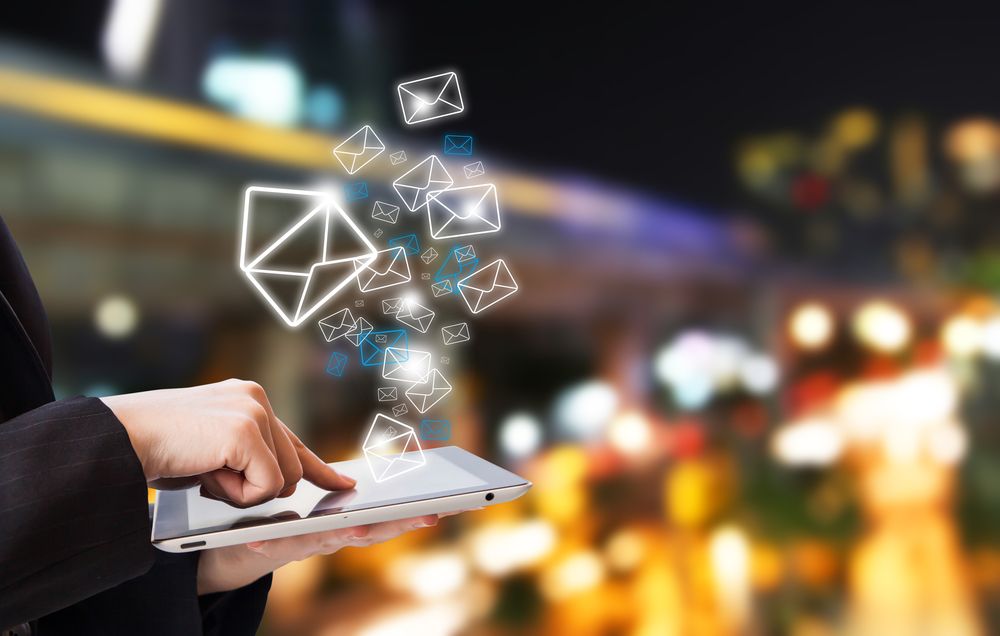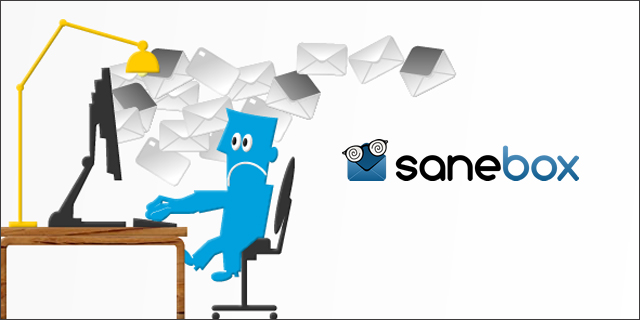Boost Leases
7 Savvy Email Marketing Ideas
Emails can be valuable tools that convert prospects and build loyalty with existing residents. Below are seven emails that every leasing agent should send. Emails for prospects Prospects want to feel courted. They also expect information that anticipates their questions and interests. These three emails hit the spot, helping to forge the relationship between leasing […]



